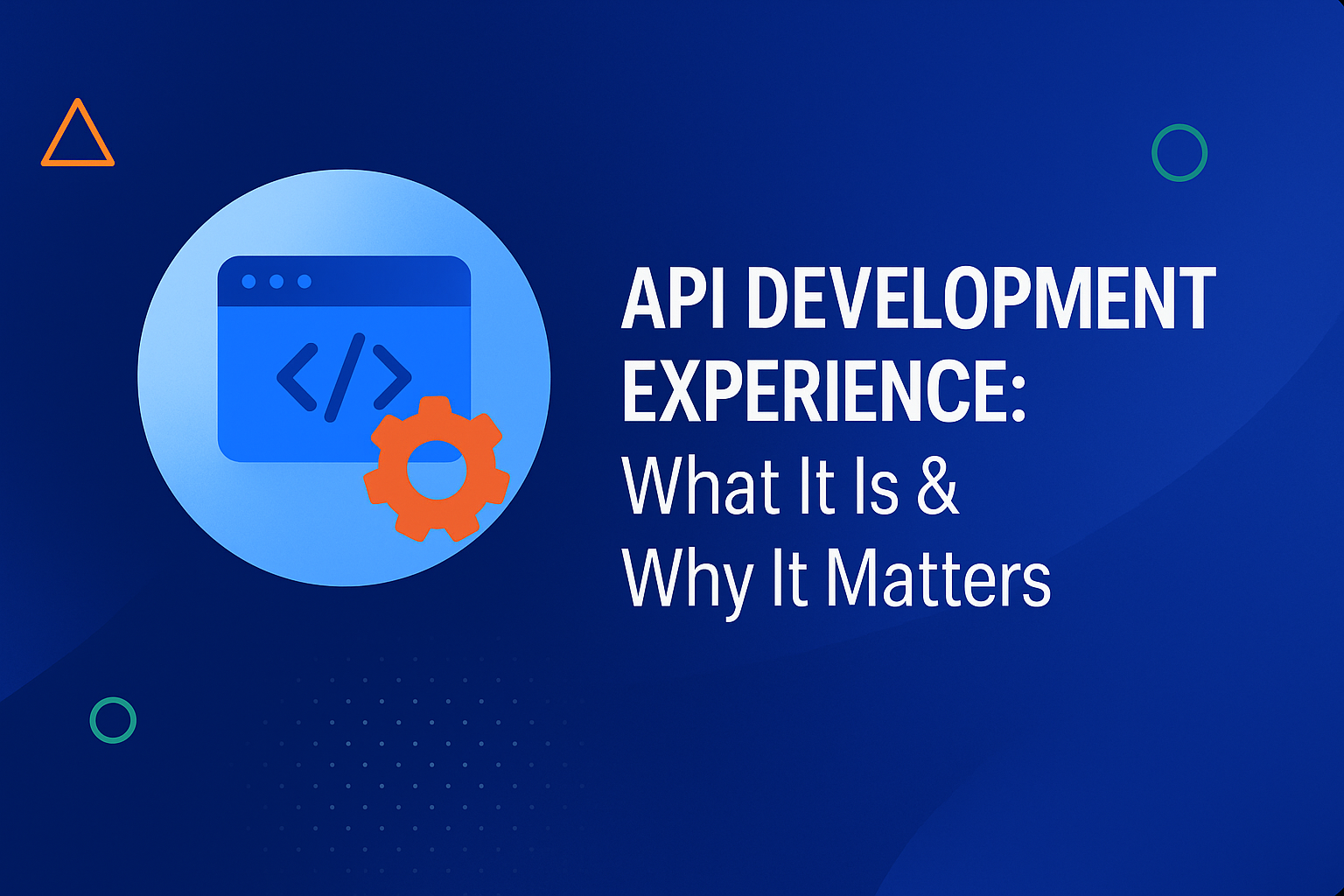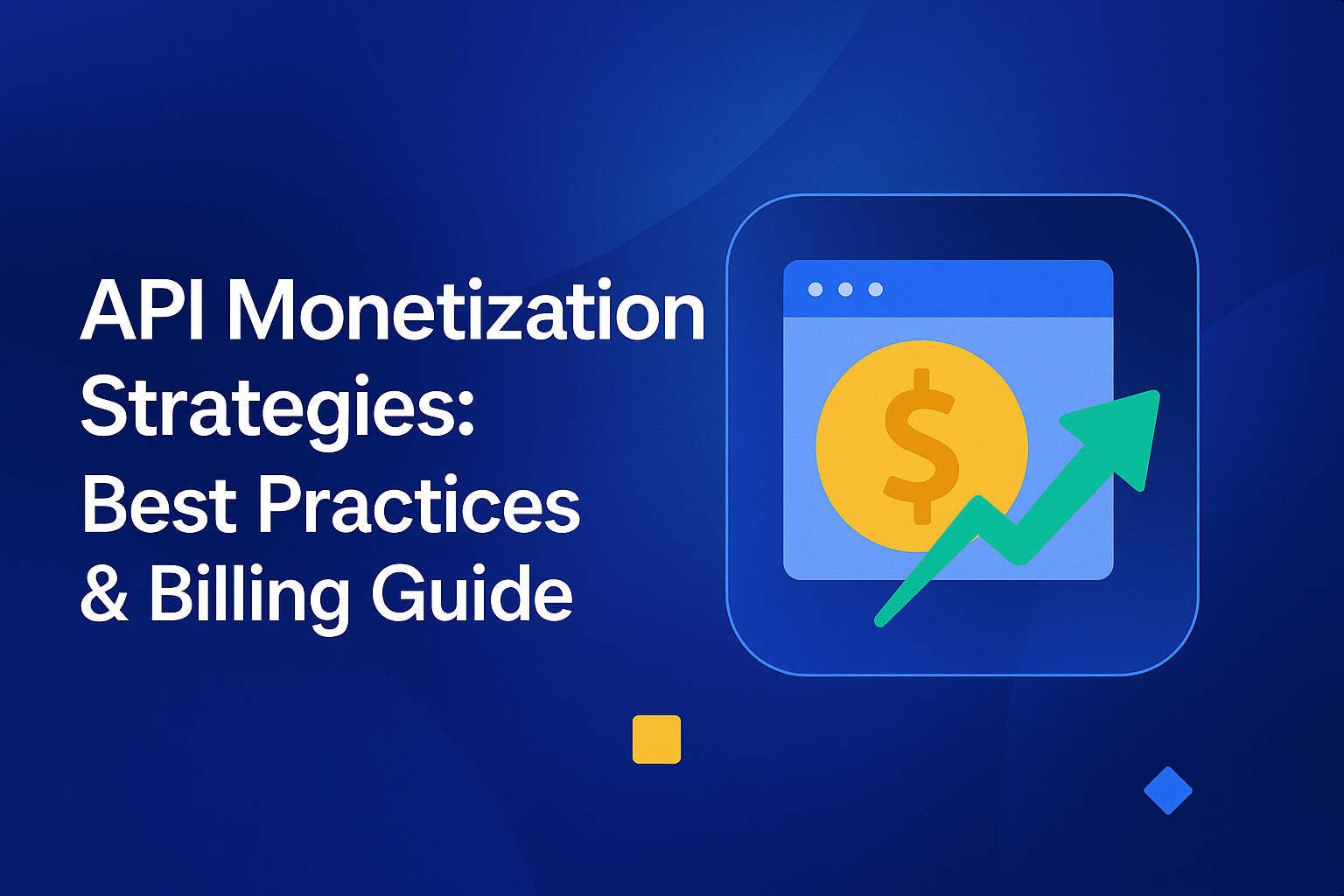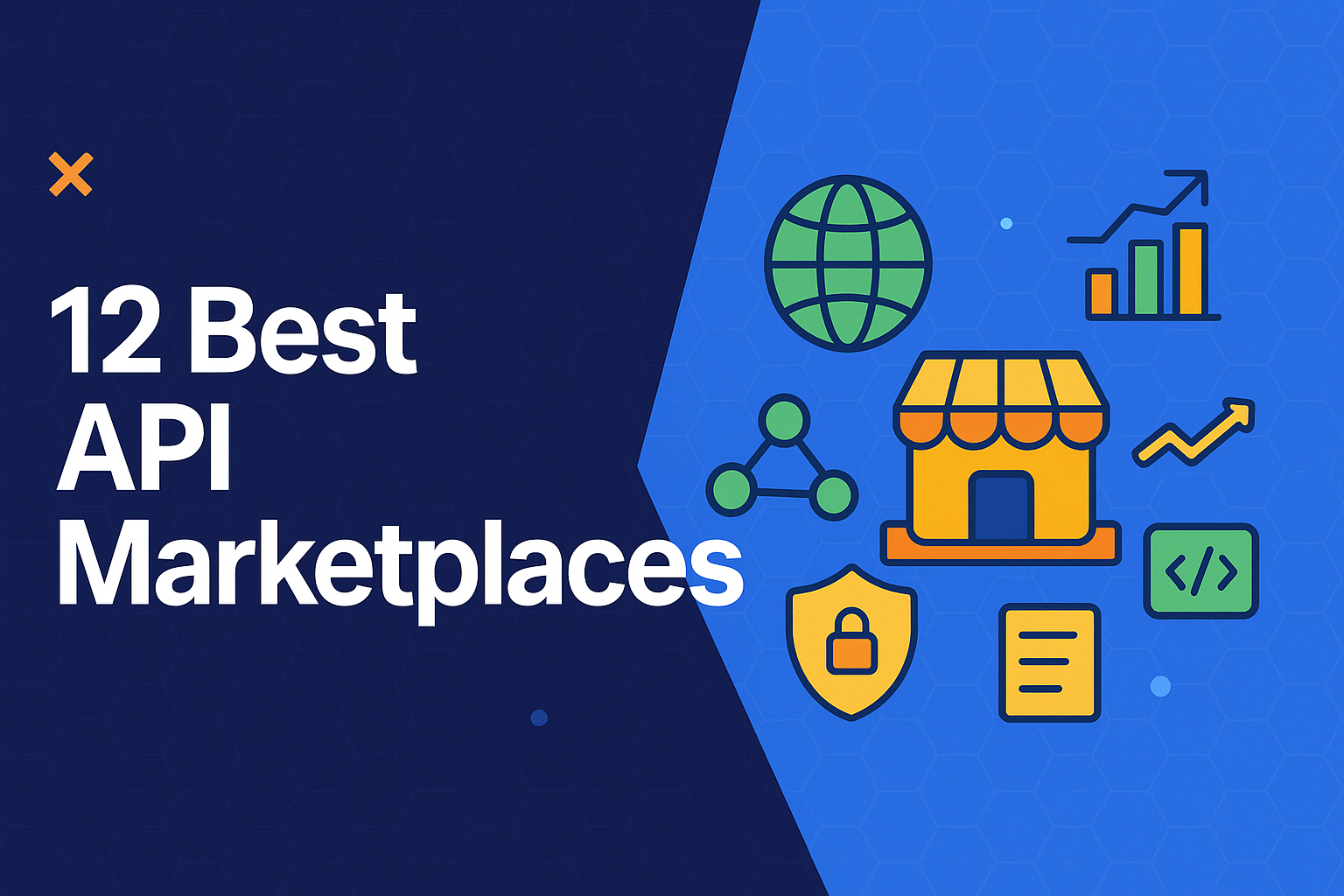
API marketplaces are key to accelerating development and scaling businesses. They simplify API discovery, integration, and management while ensuring security, version control, and reliable performance.
The blog highlights DigitalAPI Marketplace for its intuitive developer portal, live testing, and easy publishing, alongside other top platforms like Amplify Engage, MuleSoft Anypoint Exchange, and Kong. It also emphasizes the importance of well-organized directories, access control, and monetization options for enterprise-ready API management.
Ready to transform your API strategy? Book a demo with DigitalAPI today and accelerate your development process.
Many API marketplaces still fall short between outdated docs, confusing pricing, and low uptime. That is why in this blog we’ve curated the 12 best API marketplaces that deliver those key capabilities with maturity, depth, and real-world reliability.
Our top picks for 2025
- Top Picks - DigitalAPI Marketplace, Amplify Engage, MuleSoft Anypoint Exchange, Kong
- Tools Considered - 30
- Platforms and Tools Reviewed - 20
- Best Tools Chosen - 12
.png)
How do we choose the best API marketplace?
To choose the best API marketplace, look for platforms that offer consistent uptime, versioned documentation, subscription control, and secure access. A reliable marketplace simplifies discovery and integration without compromising visibility, performance, or trust.
Key evaluation criteria include the following factors:
Categorisation and API volume
Look For: Well-organised, high-volume API directories
A large, searchable API directory only matters if it’s structured. Marketplaces with category tagging, keyword filters, and use-case-specific groupings reduce discovery time and prevent misalignment. Without that, even thousands of APIs become noise, especially in multi-region or multi-team evaluation processes.
Documentation quality and versioning
Look For: Structured docs with complete revision history
Good documentation goes beyond endpoint descriptions. It shows how APIs have changed over time and what’s deprecated, broken, or newly added. Without version history and changelogs, downstream teams are forced to reverse-engineer compatibility. That’s not just a technical delay, it’s an operational risk.
Access control and security features
Look For: Stable key management and role-based access policies
Operational control depends on more than just credentials. API marketplaces should allow scoped tokens, granular role permissions, and traffic limits across environments. When these are absent or scattered, security teams are left managing access manually, often without full visibility into how services are being consumed.
Pricing transparency and monetisation logic
Look For: Clear pricing models and built-in API monetisation controls
API marketplaces should make cost implications visible before onboarding begins. Teams need to evaluate usage tiers, overage rules, and contract structures with no surprises buried mid-flow. When pricing is predictable, budget alignment becomes easier and risk models don’t fall apart mid-sprint.
Usage analytics and reporting
Look For: Built-in reporting with service-level and user-level detail
APIs that move volume need visibility. When usage isn't segmented by method, consumer, or environment, patterns get missed and pressure points go unnoticed. That makes it harder to prioritise fixes or explain performance shifts when they hit downstream systems.
Top 12 API marketplaces in 2025
The API marketplace space is crowded. But only a handful of platforms consistently deliver the structure, clarity, and technical maturity that teams need to scale with confidence. These are the ones that support stable integrations and long-term operational control.
Here are 12 API marketplaces trusted for production-level readiness:
1. DigitalAPIs API marketplace platform
DigitalAPI Marketplace is a low-code API marketplace tool built for teams managing hybrid environments. It offers a branded developer portal for publishing, monitoring, and monetising APIs at scale. Organisations using multi-cloud setups or external partners can centralise access without building custom tools.
Governance, discovery, and usage tracking are built in. The marketplace supports faster rollout of APIs while reducing integration gaps across teams. It’s built to simplify how APIs are managed, shared, and adopted across complex systems.
Features of DigitalAPI
- White-label API portal
- AI-powered search and discovery
- Built-in sandbox for testing
- Usage analytics and reporting
- Role-based access and version control
- Gateway federation and API monetisation support
Pros
- AI filters accelerate API selection
- Sandbox simulates real integration workflows
- In-platform monetisation removes third-party dependencies
- Analytics support cross-team performance monitoring

2. Amplify Engage (formerly Amplify Enterprise Marketplace)
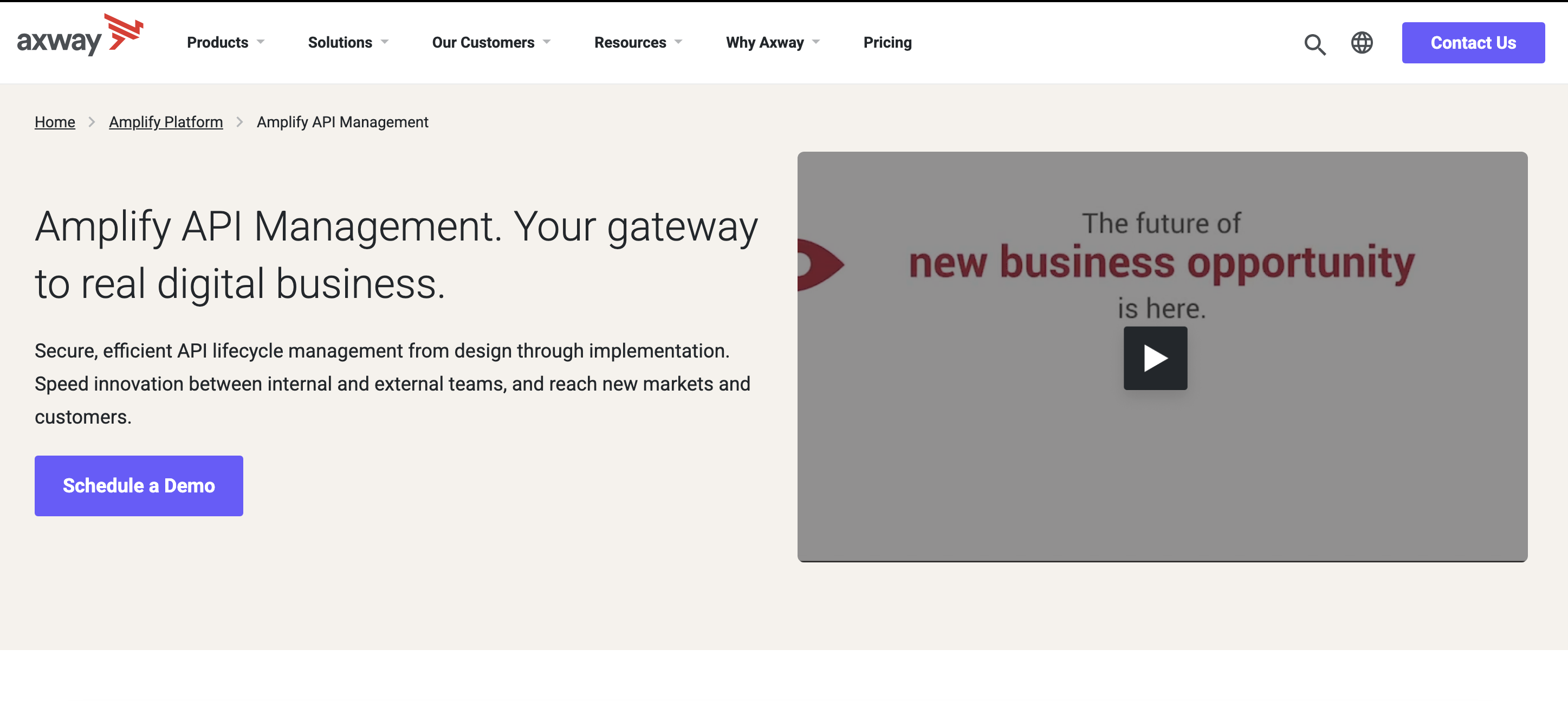
Amplify Engage gives teams a way to treat APIs like actual products, branded, secured, and ready to publish. It pulls in APIs from across environments and helps centralise access, tracking, and governance in one place.
Compliance checks and usage visibility are built in from the start. It’s a smart fit for large organisations aiming to drive adoption while staying in control of exposure and access.
Features of Amplify Engage
- White-label API marketplace with branded experience
- Federated control across cloud and on-prem APIs
- Automated discovery and built-in compliance enforcement
- Subscription management and API monetisation tools
- Real-time usage metrics and analytics
Pros
- Built-in policy enforcement helps maintain compliance
- Branded interface improves API discoverability internally
- Usage data supports product-level decisions
Challenges
- Setup requires cross-team coordination and policy alignment
- Licensing is tied to broader Axway ecosystem
3. APIwiz
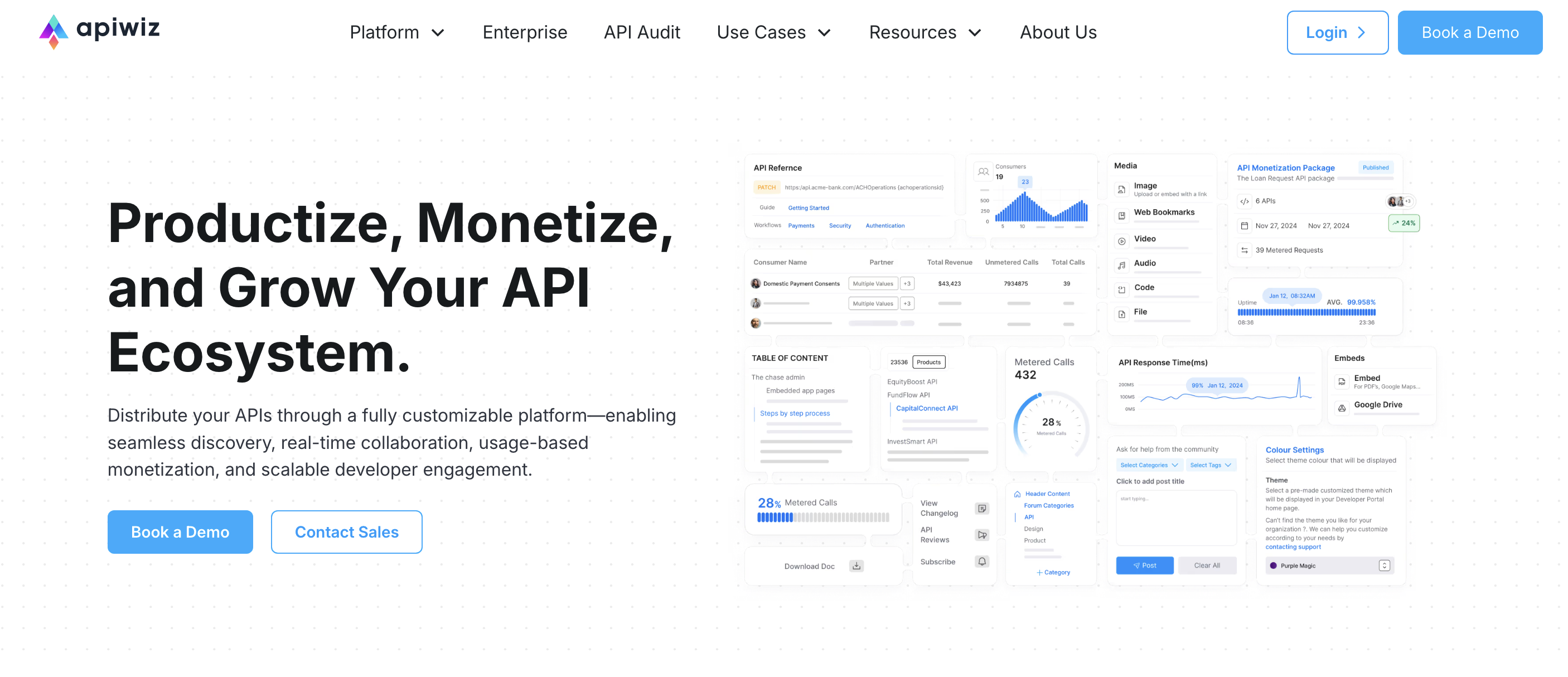
APIwiz helps teams turn internal or partner APIs into managed, reusable products. Its low-code marketplace builder pulls APIs from different environments into one branded portal. Teams get usage tracking, built-in policies, and sandbox testing in one place.
With real-time logs and compliance alerts, it suits organisations that need control and visibility across fast-growing API programs without slowing delivery.
Features of APIwiz
- API marketplace builder with support for branding and monetisation
- Federated control across gateways and cloud environments
- Low-code setup with automated documentation and changelogs
- Usage metrics, performance logs, and compliance insights
- Sandbox testing and in-platform API discovery
Pros
- Branded marketplace improves API visibility and adoption
- Real-time insights support faster troubleshooting
- Federated control helps align distributed API teams
Challenges
- Setup may still require infrastructure support
- Feature set may be overkill for smaller programs
- API Monetisation options lack third-party billing integration
4. MuleSoft Anypoint Exchange
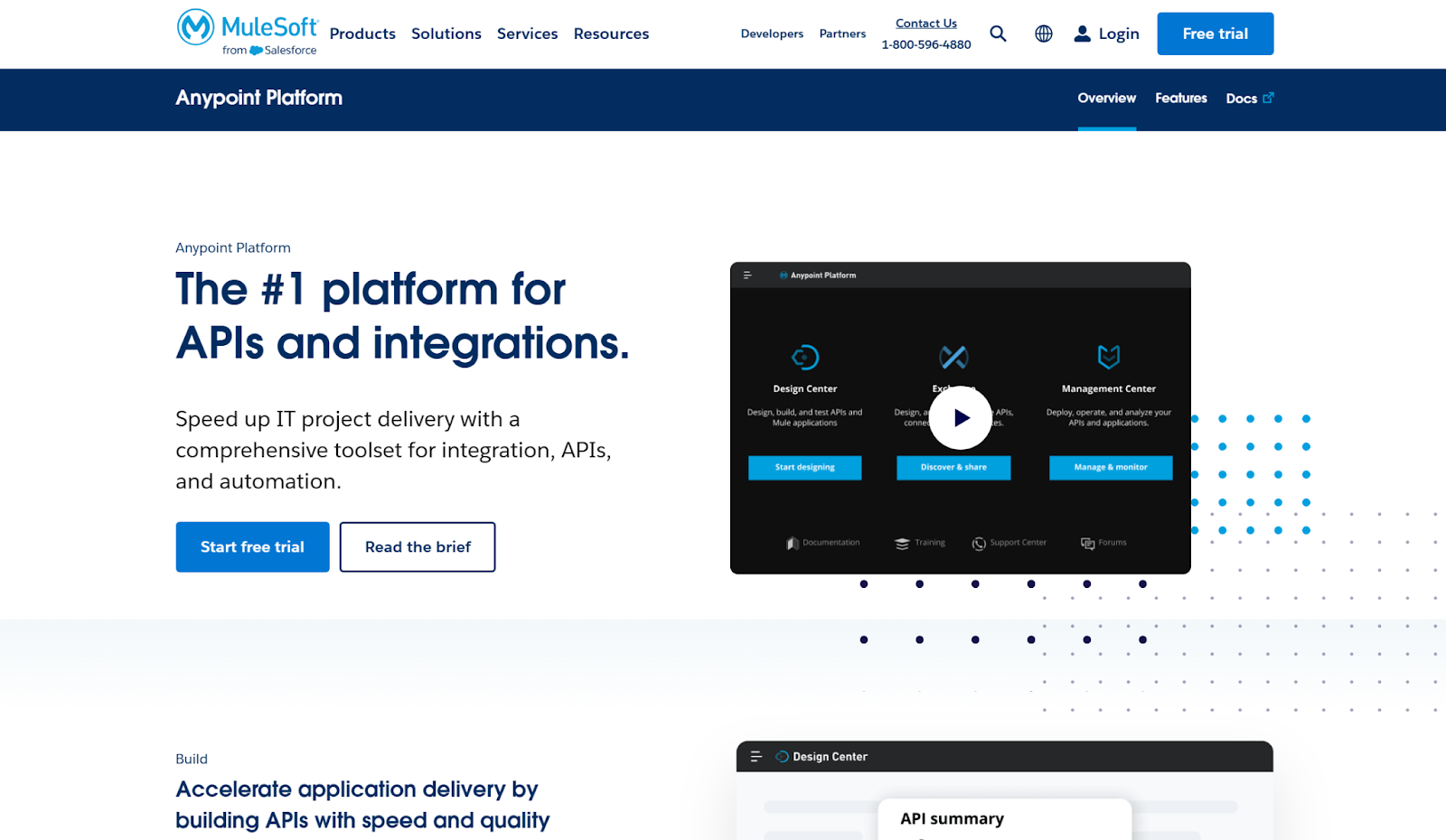
Anypoint Exchange is a MuleSoft’s API marketplace for publishing and managing reusable assets. It helps large organisations avoid duplicate development by centralising templates, connectors, and versioned APIs.
With built-in governance tools like changelogs and access controls, it supports consistent delivery across teams. By combining marketplace visibility with internal policy control, it simplifies how APIs are discovered and reused at scale.
Features Anypoint Exchange
- Reusable connectors, APIs, and integration templates
- Version tracking and built-in changelogs
- Mocking support for early-stage testing
- Team-based asset sharing with permission controls
- Usage metrics and activity insights
Pros
- Speeds up delivery by sharing proven assets
- Role-based controls improve project-level governance
- Usage insights surface high-value integrations
Challenges
- Testing is basic, limited control beyond mock responses
- Doesn’t offer subscription or API monetisation features
5. Kong (formerly Mashape)
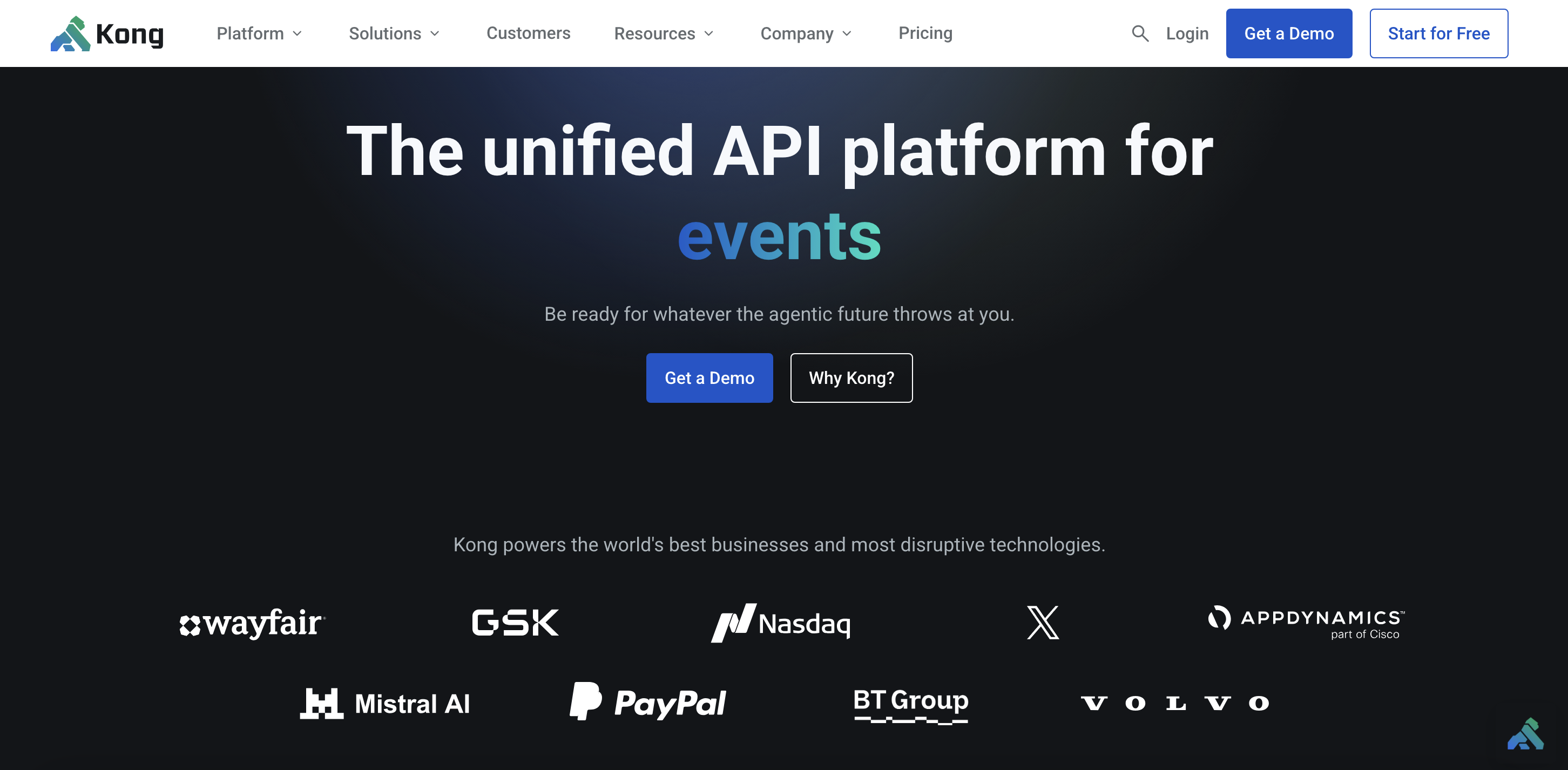
Kong is a modular API marketplace built for hybrid and distributed infrastructure. Used by teams managing mesh, cloud, and gateway deployments, it combines traffic control, observability, and access policy tools in one platform.
Through Kong Konnect, organisations can launch private API marketplaces with built-in governance. It’s structured for companies scaling internal APIs while needing control across environments, without relying on disconnected tooling.
Features of Kong
- Open-source API gateway with enterprise plugin ecosystem
- Kong Konnect for managing distributed deployments
- Developer portal for API publishing and onboarding
- Federated governance across mesh, gateway, and ingress layers
Pros
- Plugin-based controls streamline auth, traffic, and observability
- Hybrid deployment model supports complex architectures
- Developer portal accelerates onboarding
Challenges
- Advanced features gated behind Konnect licensing
- Plugin sprawl can complicate API lifecycle workflows
- Requires hands-on expertise for setup and governance
6. Apidog API Hub

Apidog API Hub brings API design, testing, and management together in a single workspace. It includes live debugging, mock responses, and version control to speed up handoffs between frontend and backend teams.
Teams working to stabilise internal APIs before public rollout benefit from its built-in lifecycle tracking. The hub supports faster delivery while reducing dependency gaps across development environments.
Features of Apidog
- Directory of thousands of public APIs
- In-app documentation with live request and debugging
- Visual API design with spec import/export
- Mocking, version control, and team collaboration features
Pros
- Live debugging reduces reliance on external tools
- Mocking support enables isolated frontend development
- Visual editor simplifies design for cross-functional teams
- Integrated collaboration streamlines multi-role workflows
Challenges
- Limited categorisation makes large-scale discovery slower
- Private API publishing requires full platform subscription
- Marketplace is more toolkit-focused than distribution-focused
- No built-in usage analytics or monetisation layer for APIs
7. RapidAPI
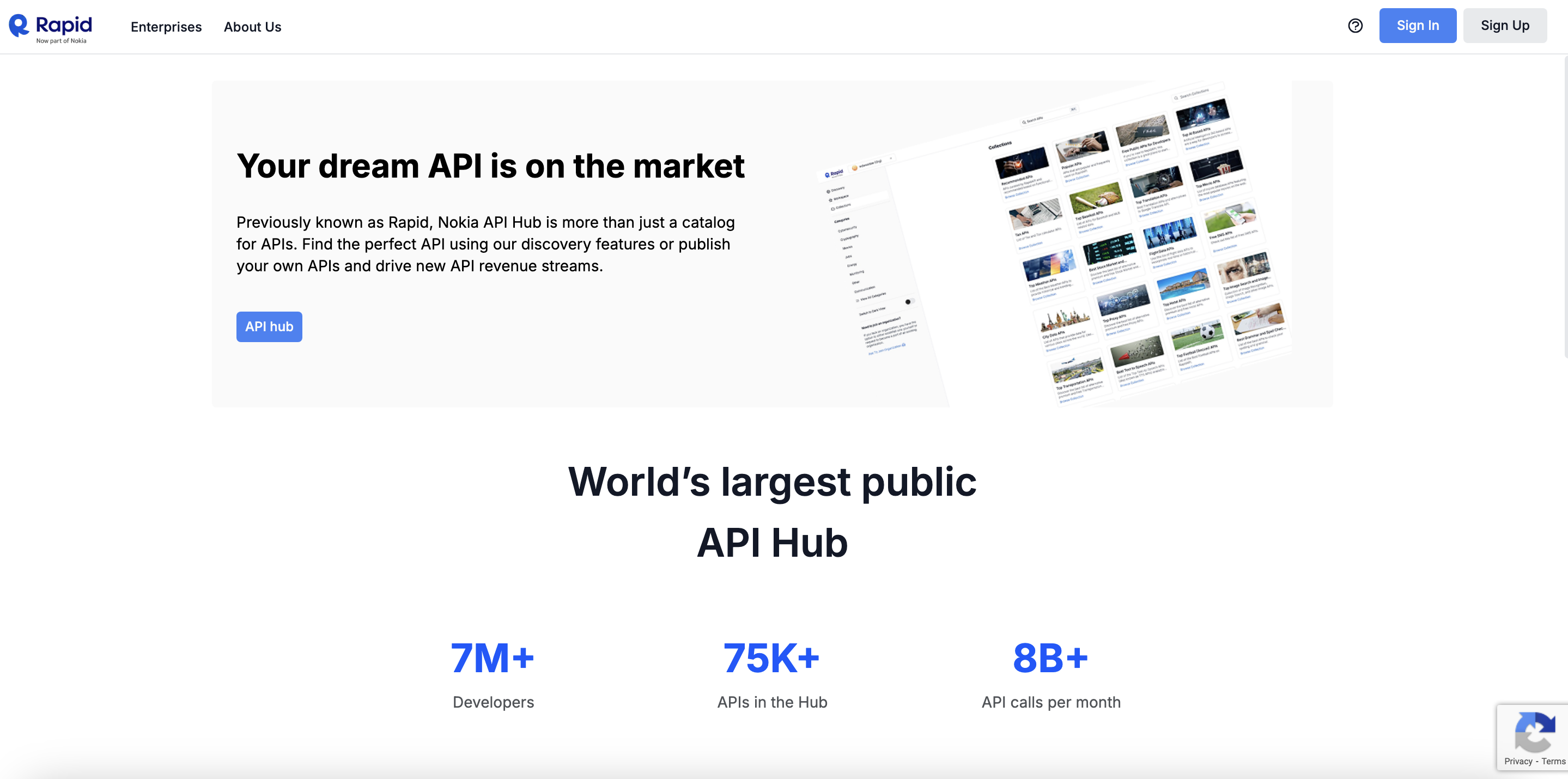
RapidAPI is a high-traffic API marketplace that helps teams find, test, and connect to public APIs through a single interface. With unified credentials and in-browser testing, it shortens integration cycles across product and engineering teams.
For companies managing a growing list of third-party APIs, its usage tracking and governance tools simplify control. RapidAPI is built to support structured onboarding without slowing teams down.
Features of RapidAPI
- Global marketplace with over 40,000 APIs
- Centralized API key and SDK for all endpoints
- Built-in testing console with code generation
- Analytics dashboard and subscription tracking
- Role-based access and collaboration tools
Pros
- Broad catalog across industries and categories
- Unified key reduces credential sprawl
- Testing console speeds up API validation
- Subscription tracking eases cost management
Challenges
- High volume of APIs creates discovery noise
- Quality filters are limited for enterprise standards
- Usage limits may lead to overage surprises
8. ApyHub
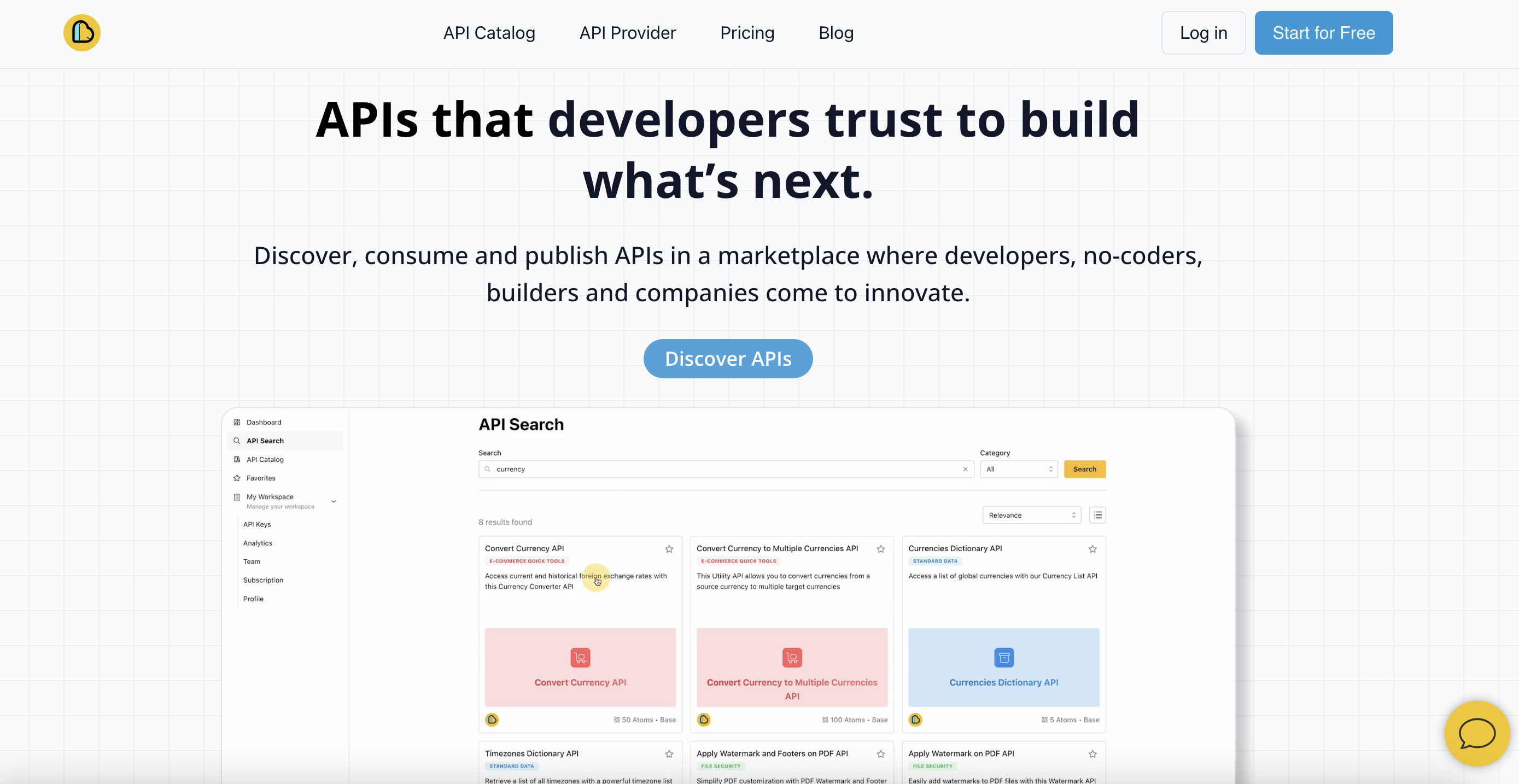
ApyHub is a curated API marketplace for utility and AI-driven services, built around a credit-based model. It includes live testing and mock endpoints, making it easier for product teams to integrate without delays.
With built-in versioning and a central dashboard, teams can manage usage and track performance. It works well for those outsourcing standard functions like text analysis, conversion, or data lookup.
Features of ApyHub
- Credit-based pricing (“API Atoms”) for AI/utility APIs
- Catalog of 150+ production-ready APIs
- Live debugging and mock support
- Version control and spec import/export
- Central dashboard for monitoring usage and billing
Pros
- Credit model avoids overpaying on variable workloads
- Live testing accelerates API validation
- Mocking reduces dependency for frontend development
Challenges
- Catalog has narrow focus on utility-style APIs
- Enterprise SLAs and compliance standards are still evolving
- Limited discoverability filters may slow search
9. APILayer Marketplace
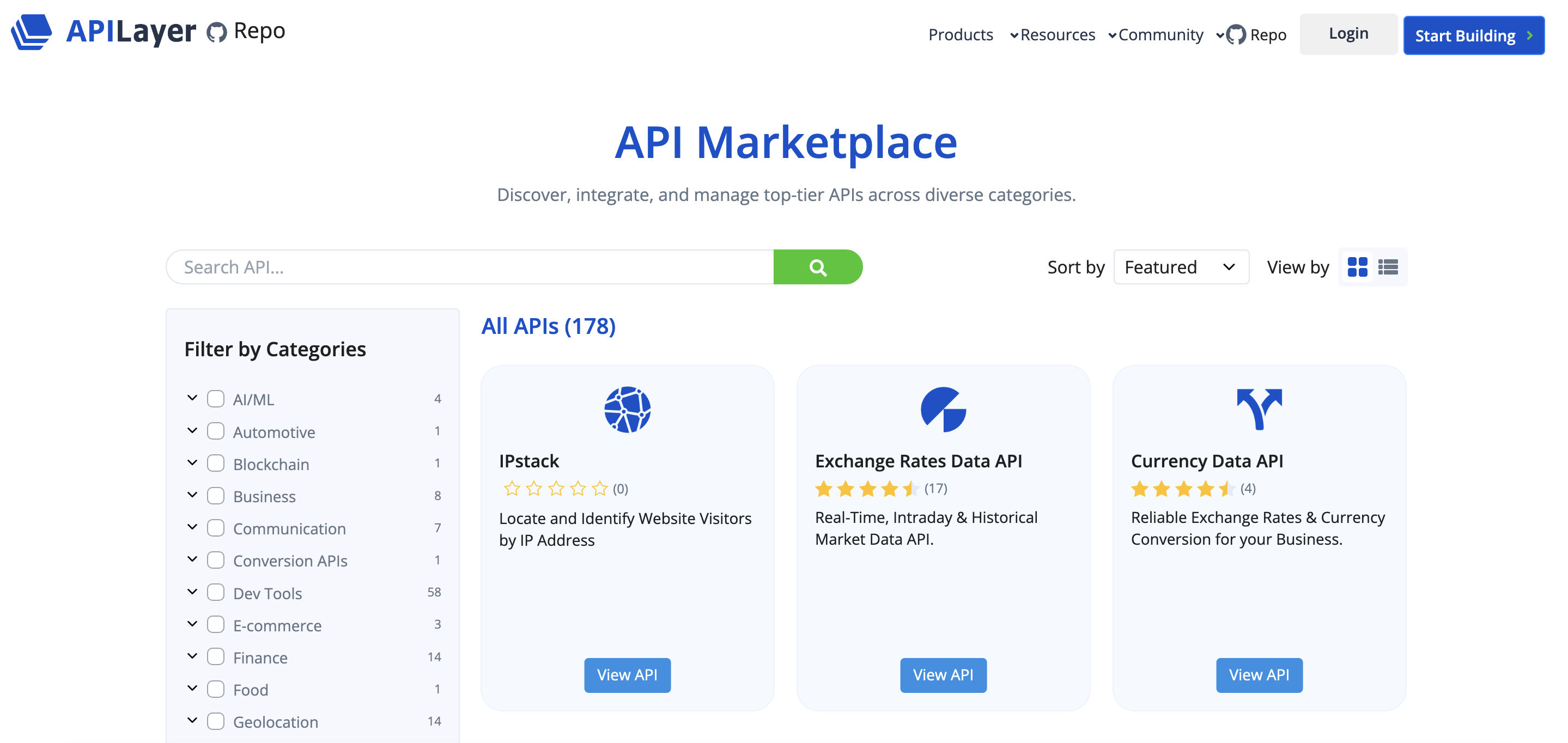
APILayer is a API marketplace focusing on quality and reliability. Each API includes live demos, unified authentication, and detailed examples, enabling teams to test and validate quickly. With clear categorisation and monetisation tools, it's designed to speed integration without sacrificing governance.
Companies centralising key utility APIs such as currency conversion, geolocation, or text analytics will find APILayer especially valuable for streamlining shared infrastructure.
Features APILayer
- Curated API marketplace with 150+ high-reliability API
- Unified API key and SDK for seamless integration
- Live demo consoles and real-time code examples
- Category filters: finance, geolocation, security, AI
- Provider monetisation tools and revenue sharing support
Pros
- High-quality, curated API catalog
- Demo consoles simplify integration validation
- Revenue-sharing options incentivise third-party providers
Challenges
- Limited API count compared to broader marketplaces
- API monetisation controls may be overly simplistic for large providers
10. Twilio Marketplace
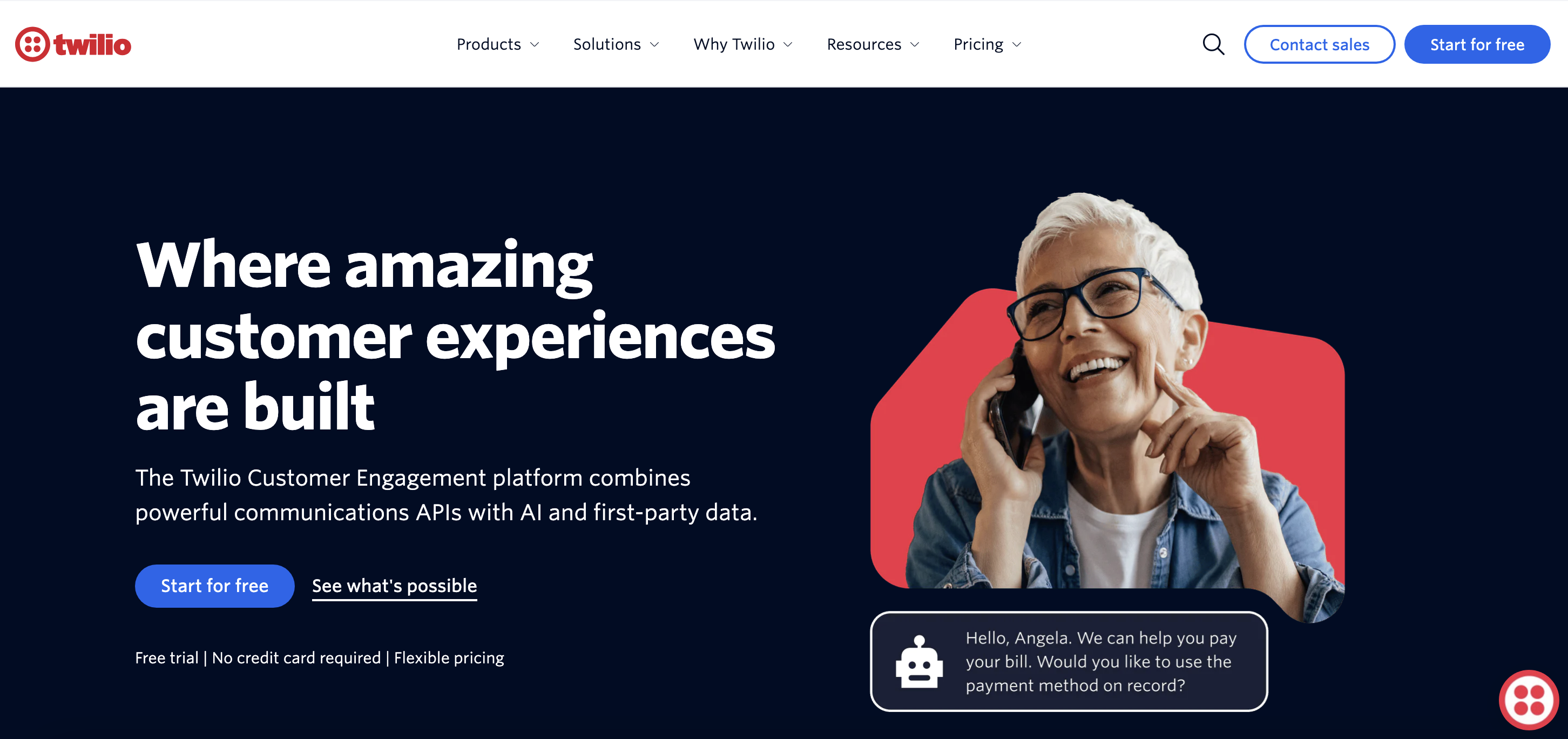
Twilio Marketplace is like an app store for communication tools. Instead of spending months building every feature from scratch, developers can tap into a library of ready-to-use add-ons and integrations. Whether it’s phone number intelligence, fraud detection, or advanced analytics, the marketplace makes it easy to plug new capabilities into Twilio’s existing APIs—saving time and helping teams launch faster.
Key Features
- A collection of pre-built add-ons for customer engagement
- Access to a network of trusted partners offering services like identity verification and fraud prevention
- Plug-and-play setup directly within the Twilio console
- Works across multiple regions, keeping communication workflows globally reliable.
Pros
- Helps teams move faster by skipping custom builds.
- Cuts down on development and maintenance costs.
- Adds specialized functionality through vetted partners.
- Expands Twilio’s core APIs without complicating the stack.
Challenges
- Costs can add up quickly as more add-ons are layered in.
- Because some services are powered by third parties, reliability may vary.
- Pre-built solutions are convenient but sometimes less customizable.
- Advanced use cases might still require developer expertise.
- Compared to giants like AWS or Salesforce, the marketplace is still relatively young and smaller.
11. Zyla API Hub
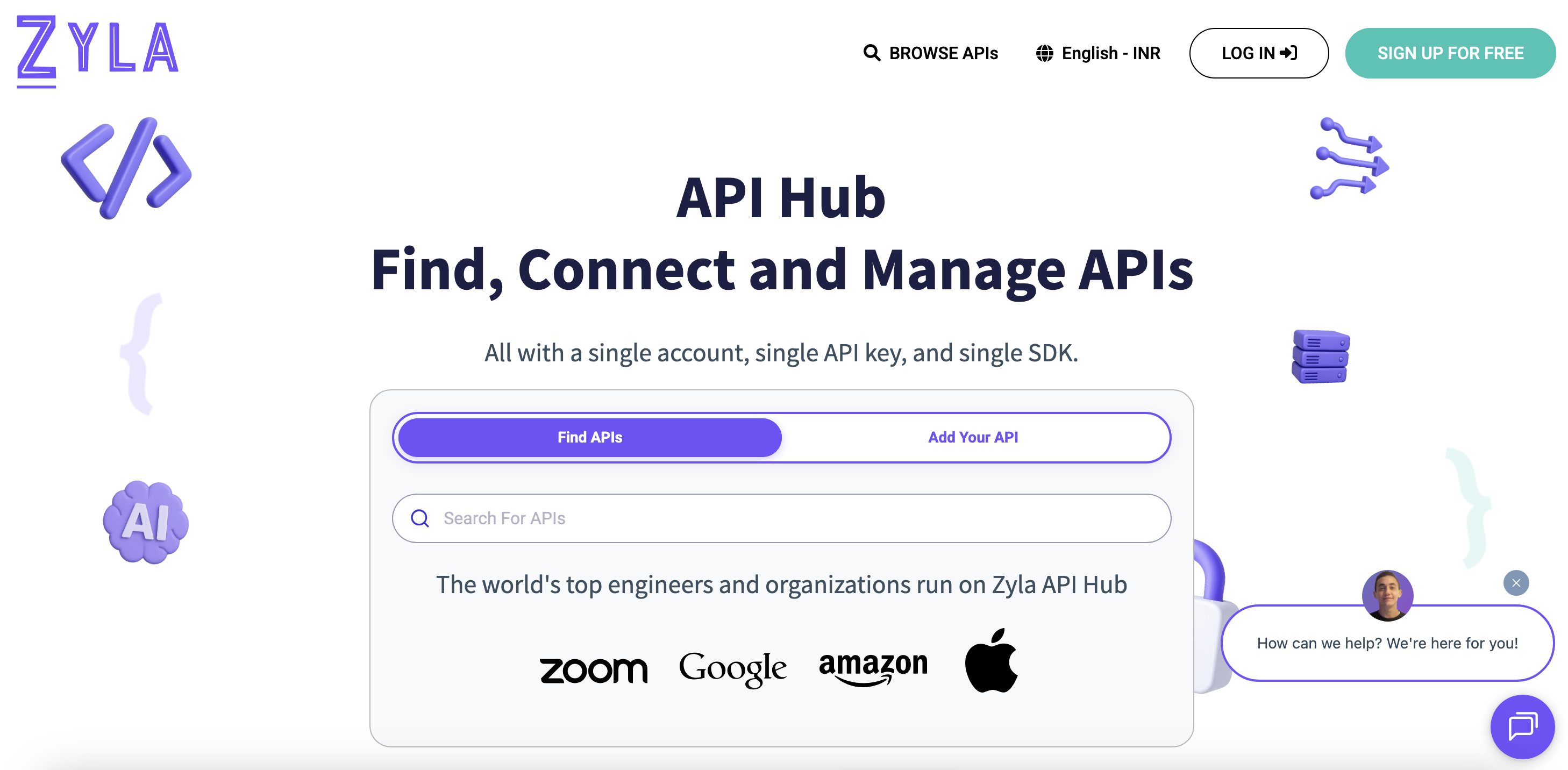
Zyla API Hub is a fast, structured way to explore and test utility and domain-specific APIs. With a single access key and instant test environment, teams can try endpoints without setup delays.
It’s especially useful during early-stage evaluation, where search filters and response stability matter. The hub simplifies how developers screen external services before deciding what fits into production.
Features Zyla API Hub
- Unified access to 5,600+ APIs with one API key and SDK
- Built-in testing interface with 7-day trial for all APIs
- Categorized directories covering finance, health, location, and more
- Live API status and response-performance indicators
- Easy onboarding via social login and seamless account setup
Pros
- One API key simplifies credential management
- Free trials allow testing without commitment
- Categories speed up search in diverse API sets
Challenges
- Limited analytics for post-integration performance
- No native API monetisation or subscription controls
12. OpenAPIHub
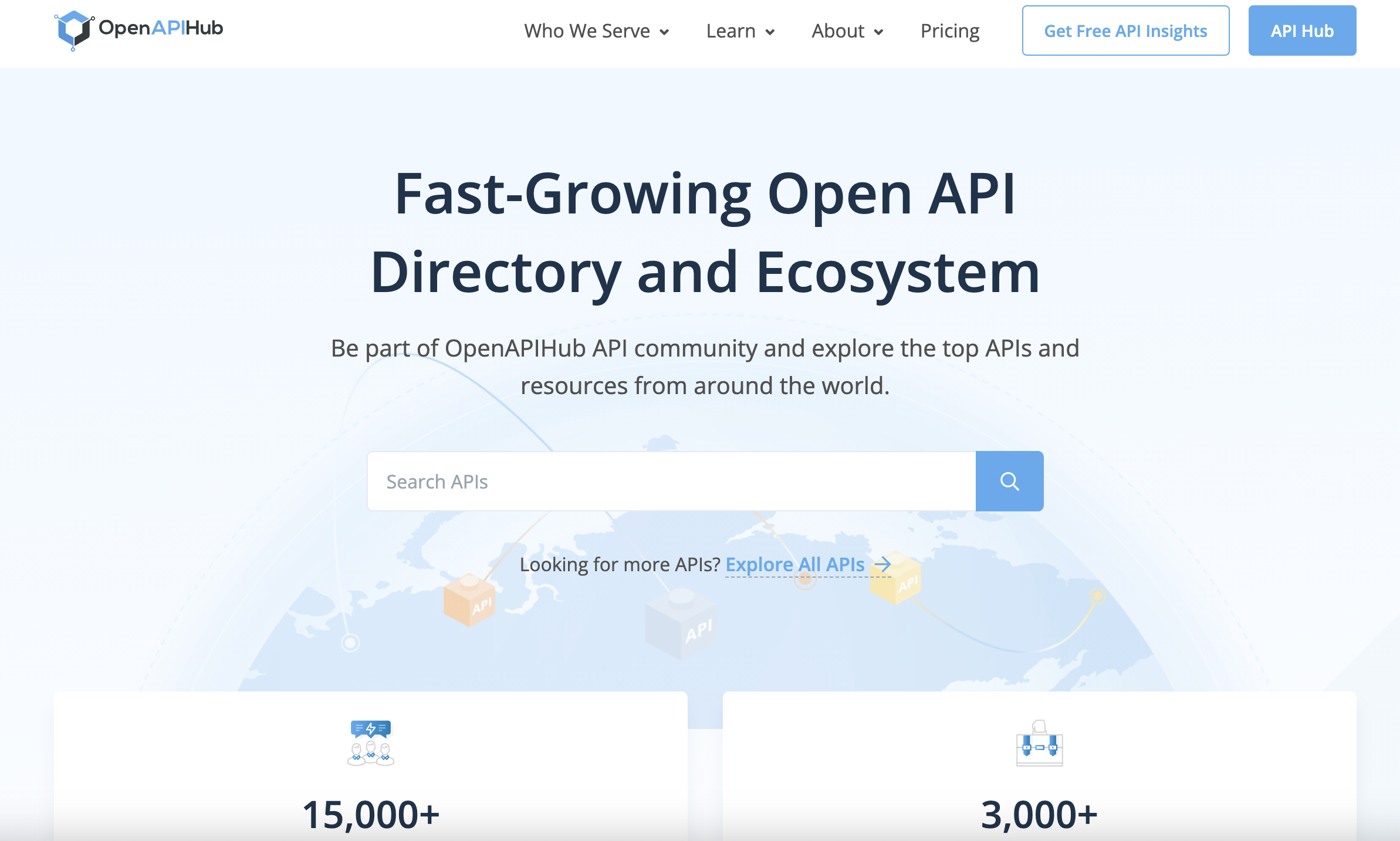
OpenAPIHub blends public API discovery with internal portal management tools. Its white-label feature allows enterprises to create branded hubs while still engaging in an open developer ecosystem.
Tutorials and change tracking help teams stay aligned through the API lifecycle. It’s a practical fit for organisations building community-driven workflows or enabling internal API visibility across distributed teams.
Features OpenAPIHub
- API directory focused on the Asia-Pacific region
- White-label developer portal builder for internal or external use
- Built-in changelogs, tutorials, and event listings
- Community tools for publishing, discovery, and engagement
Pros
- Portal builder simplifies internal API management
- Community features support developer engagement
- Changelogs and guides improve operational clarity
Challenges
- API coverage is limited beyond regional scope
- No built-in integration or testing console

Evaluating enterprise-ready API marketplaces
Choosing an API marketplace means looking beyond catalogs and documentation. Enterprise teams need control, visibility, and a way to manage services across different systems without building everything from scratch. In this scenario, structure, testing, and usage tracking all play an important role.
Marketplaces like DigitalAPI Marketplace, Amplify Engage, and APIwiz offer the fundamentals for scalable API programs. They support consistent delivery while reducing complexity across internal and external integrations, from policy enforcement to analytics and developer onboarding.
Frequently Asked Questions (FAQs)
1. What Is the best API marketplace for developers?
The best API marketplace for developers is DigitalAPI Marketplace. It offers a clean developer portal, live testing, and simple publishing tools. RapidAPI and APIwiz are also good options, but DigitalAPI focuses more on usability and control.
2. Where can I monetise my API?
You can monetise your API on platforms like DigitalAPI Marketplace, Zyla API Hub, and Amplify Engage. These marketplaces let you set pricing, track usage, and manage subscriptions without extra setup. They're built to simplify API productisation from day one.
3. Which marketplaces have the most APIs?
RapidAPI has the largest public API catalog by volume. ProgrammableWeb also lists thousands of APIs, SDKs, and mashups. If you’re comparing by size alone, those two lead but API quality, reliability, and documentation vary across each marketplace.
4. Are there free APIs on marketplaces?
Yes, most API marketplaces include free APIs or trial access. Platforms like APILayer, APIStack, and ApyHub offer limited usage tiers, letting developers explore functionality before paying. Some even allow unlimited access for non-commercial or low-traffic use cases.
5. How do I integrate with marketplace APIs?
Most API marketplaces offer testing consoles, SDKs, and a single access key. After subscribing, you can send requests using REST or GraphQL. Platforms like DigitalAPI and RapidAPI also include sandbox environments to help teams test before deploying.
6. What features define a good API marketplace?
A good API marketplace offers clear documentation, testing tools, usage analytics, and version control. Look for platforms with secure key handling, governance support, and fast onboarding. These features help teams manage APIs without adding overhead or custom tooling.
7. How do I publish an API to a marketplace?
You publish an API by uploading your spec, adding docs, and setting rules for access or pricing. What really matters is how well the platform handles visibility, control, and updates, especially if your API needs to scale or stay private.
8. Which marketplace offers the best analytics?
DigitalAPI Marketplace and Amplify Engage stand out for API analytics. They show usage, traffic, and error data in real time. It’s easier to track what’s working and spot issues early without digging through dashboards or switching tools.
You’ve spent years battling your API problem. Give us 60 minutes to show you the solution.
.svg)



